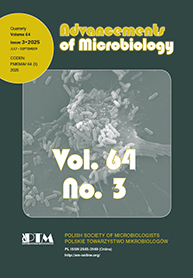Abstract: Periodontitis (PD) is a chronic inflammatory disease that affects a significant portion of the global population. In susceptible individuals, the disease is driven by dysbiotic microbiota on the tooth surface below the gum line, progressively eroding the tooth-supporting structures of the periodontium, including the alveolar bone. Clinically, PD manifests as attachment loss and periodontal pocket formation. Influenced by environmental factors, it can ultimately lead to tooth loss and is associated with an increased risk of systemic conditions. Host cells, including oral keratinocytes, gingival fibroblasts, and monocytes/macrophages, regulate the immune response that drives chronic inflammation and tissue damage in PD. Programmed cell death pathways – apoptosis, pyroptosis, and necroptosis – are key regulators of the immune response. These pathways orchestrate the elimination of infected, activated, and/or damaged cells, which is essential for either fuelling or resolving local inflammation. However, periodontal pathogens, particularly Porphyromonas gingivalis, can manipulate these pathways, supporting the maintenance of highly inflammatory environment. Prolonged exposition to proinflammatory agents may induce cellular senescence. This process contributes to chronic inflammation and tissue breakdown, further exacerbating the progression of PD. In this review, we discuss the key factors contributing to the onset and progression of PD, the virulence factors of P. gingivalis, and their effects on immune responses and cell death in keratinocytes, gingival fibroblasts, and macrophages.
5 May 2025

